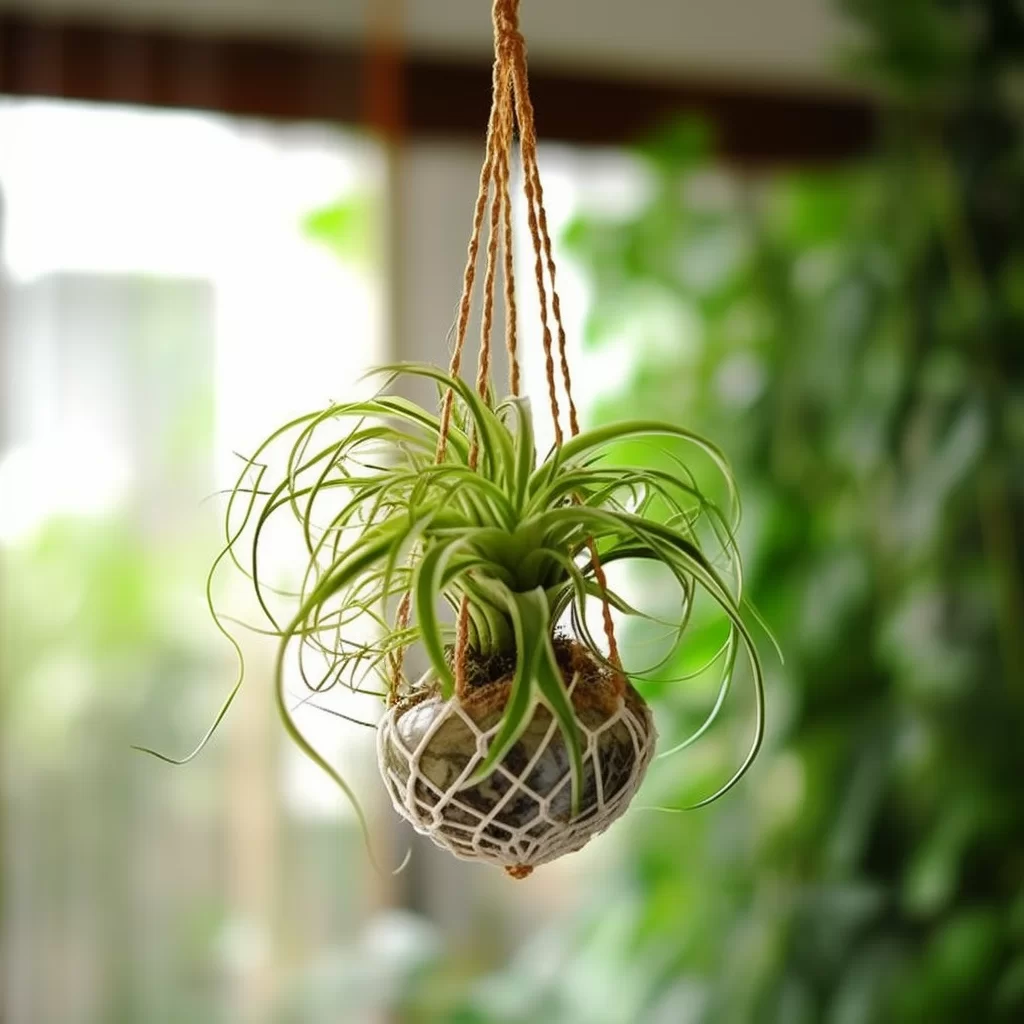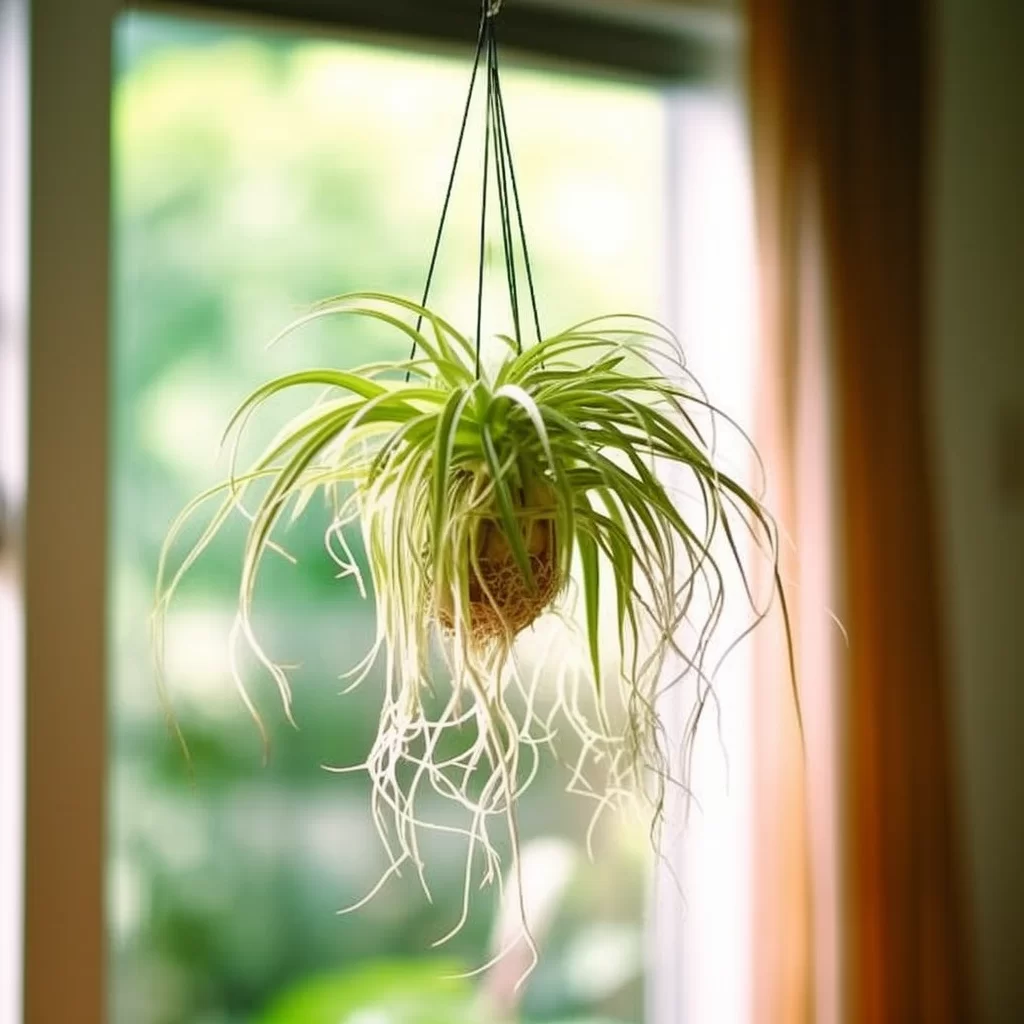Story of Day :
Contents
The Complete Guide to Hanging Spider Plants: Care Tips and More
Introduction
If you are looking for an easy-to-care-for houseplant that will add a touch of greenery and beauty to your home, look no further than the hanging spider plant.
This charming plant is known for its long, slender leaves that hang gracefully from a central rosette.
Not only is it lovely to look at, but it also has some impressive air-purifying qualities.
Origins of the Spider Plant
The spider plant (Chlorophytum comosum) is native to South Africa but can now be found all over the world as a popular indoor plant.
Its name comes from the baby plants or “spiders” that dangle from long stems, creating a unique visual effect.
Care Tips for Hanging Spider Plants
- Light: Place your spider plant in bright, indirect light.
Avoid direct sunlight as it can scorch the leaves.
- Watering: Water your spider plant when the top inch of soil feels dry to touch.
Be careful not to overwater as this can cause root rot.
- Fertilization: Feed your spider plant with a balanced fertilizer once every two weeks during spring and summer months using half-strength solution diluted with water.
- Potting soil: Use well-draining potting soil mix that contains peat moss or coir fiber and perlite or vermiculite for best results.
Troubleshooting Common Problems With Your Spider Plant

Taking care of your hanging spider plants can be a fun and rewarding experience, but sometimes problems can arise.
If you find yourself struggling with any issues, there are a few common problems that you might encounter and some simple solutions to fix them.One common issue is overwatering your spider plant.
This can cause the roots to rot and eventually kill the plant.
To fix this, simply reduce the amount of water you give it or adjust the frequency of watering.
Another issue could be under-watering which causes leaves to wilt or turn brown.
To solve this issue, make sure you are watering regularly enough – spider plants need moderate amounts of water every week but not too frequently – allow the soil to dry out between watering times.
Identifying these issues early on and taking action quickly will ensure that your hanging spider plants thrive!
Browning or yellowing leaves
This could be a sign of underwatering, overfertilization, or exposure to direct sunlight.
Check the soil moisture and adjust watering accordingly.
Reduce fertilizer application and move the plant to a shadier spot if it’s getting too much sun.
Brown tips on plant leaves
This is typically caused by dry air or salts in the water.
To remedy this issue, mist your spider plant regularly or use a humidifier near it.
Use distilled water for watering your plant.

Propagation Techniques
The spider plant is one of the easiest houseplants to propagate.
Simply snip off one of the baby “spiders” that are hanging from its stem and place it in a jar with water until roots form (usually within two weeks).
Once roots have formed, you can transplant it into potting soil.
Final Thoughts
A hanging spider plant is an excellent choice for beginner gardeners as well as experienced green thumbs alike because of their ease of care, low maintenance requirements, beautiful appearance and air-purifying qualities.
Follow these care tips and enjoy watching your spider plants thrive in any indoor space!